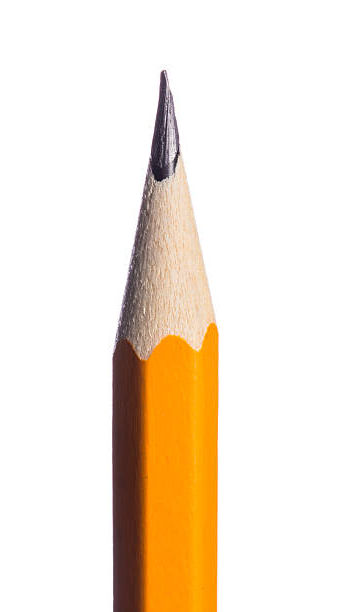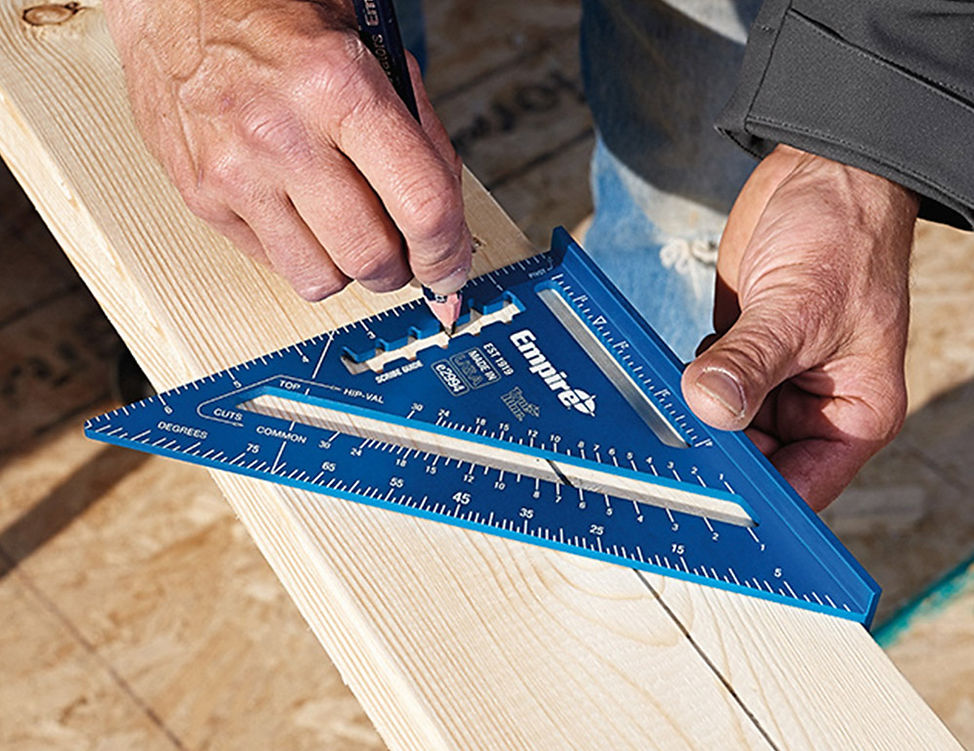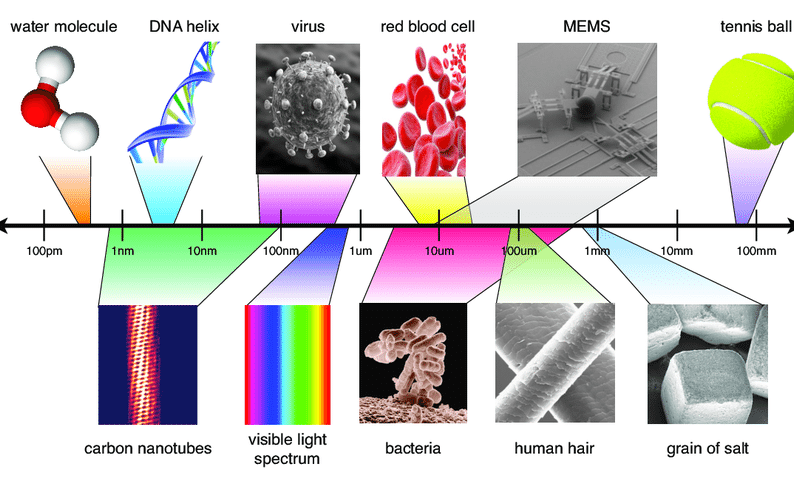
the metric system of measurement
one centimeter
is the width of a finger


one millimeter
is the width of a pencil tip


Why do Canadian carpenters still measure in feet and inches?
-
the United States has refused to go metric and uses an enormous amount of 4-ft. by 8-ft. sheet goods and dimensional lumber.
-
Canada manufactures an enormous amount of sheet goods and dimensional lumber.
-
Canadian manufacturers must make their wood products to U.S. standards if they want to sell to the huge U.S. market. Because it’s not cost-effective to produce wood products to two standards, the U.S. standard ends up being the standard for pretty much all building materials manufactured in North America.
But there’s another reason....... related to the numbers themselves, not to the materials.
-
Although most people can do simple arithmetic in their heads, there’s a problem that crops up when using the decimal-based metric system that happens a lot less often when using the 12-in. foot. It’s called division.
-
The number 10 can be divided evenly only by 2 and 5. But the number 12 can be divided into whole numbers by 2, 3, 4, and 6. This makes for a lot less skull sweat—and better precision—when doing odd things such as dividing into thirds. One-third of a meter is 33.3333333333333 cm, but one-third of a foot is 4 in., period.
-
Extending this arithmetic ease to working with U.S. standard sheet-good sizes, one finds that a sheet of 48-in. by 96-in. plywood can be divided evenly three different ways in each direction: 12-in. centers (four or eight spans); 16-in. centers (three or six spans); or 24-in. centers (two or four spans). And that sure makes life easier for a hard-working framer.
formula for calculating board feet
= board feet
= board feet
= board feet






fun facts about measuring
small stuff
one millimeter equals
one thousand microns
(which is a millionth of a meter



there are approximately 1,000,000,000,000,000,000,000 stars (one sextillion) in the "observable universe."
there are approximately 1,000,000,000,000,000,000,000 (one sextillion) water molecules in one drop.
one water molecule is approximately 280 pico meters (pm) in size. That is 280 trillionths of a meter.

